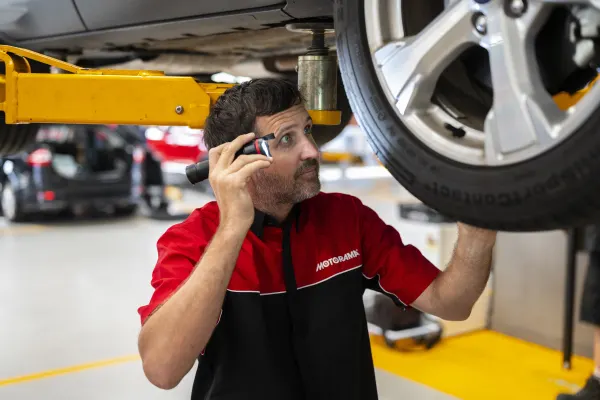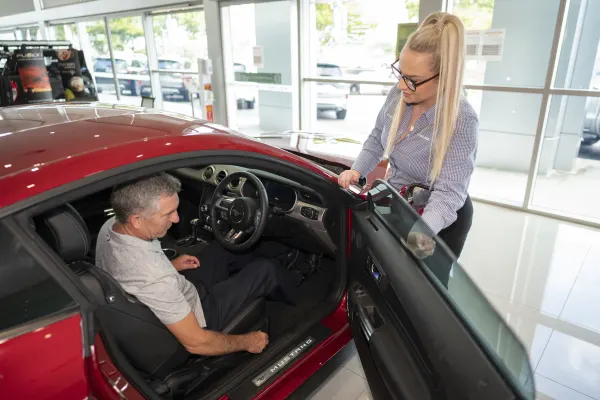
5 Tips to Keep your 4X4 Road Legal
Posted in 4x4xmore Adventures
5 Tips to Keep your 4X4 Road Legal
Kitting out your 4X4 is all part of the fun, but with laws getting tighter it’s more important than ever to keep your vehicle road legal. Nobody wants to get a fine, have an accident or get their insurance claim refused. With these 5 tips you can prevent having to disassemble your carefully assembled parts.
LIGHTING
Everybody is always trying to get to camp before dark, but we all know that this rarely works out. If you’re out in the bush and try to find your way to a remote campsite by just using your normal headlights, this will prove difficult over unfamiliar and uneven roads. Perhaps turning on the high beams helps, but if you want to spot a kangaroo in the distance even these aren’t enough. Come in a lighting upgrade!
You can start with replacing your standard 55W globes with 100W globes if you’re driving an older 4X4 with halogen headlights. You can also replace the globes with HID or LED bulbs for a cleaner, brighter light, but this is where you’ve got to pay attention to their legality. Every car is different and when not installed by a professional, these bulbs might make your 4X4 not road legal, plus you’ve got the install self-levellers and cleaners when changing to HIDs. Check with our service department before you go down this road!

The other option is installing driving lights, fitted in front of the car (on the bull bar). They’re usually sold in spot beam, spread beam or a combination of the two. Spot beam offers a long throw of light down the centre of the road, ideal for driving on long, straight stretches of road. Spread beams – as the name suggests – spreads the light output to illuminate to the sides of the road. This works especially well on country roads with lots of corners. A combination of the two offers the best of both worlds.
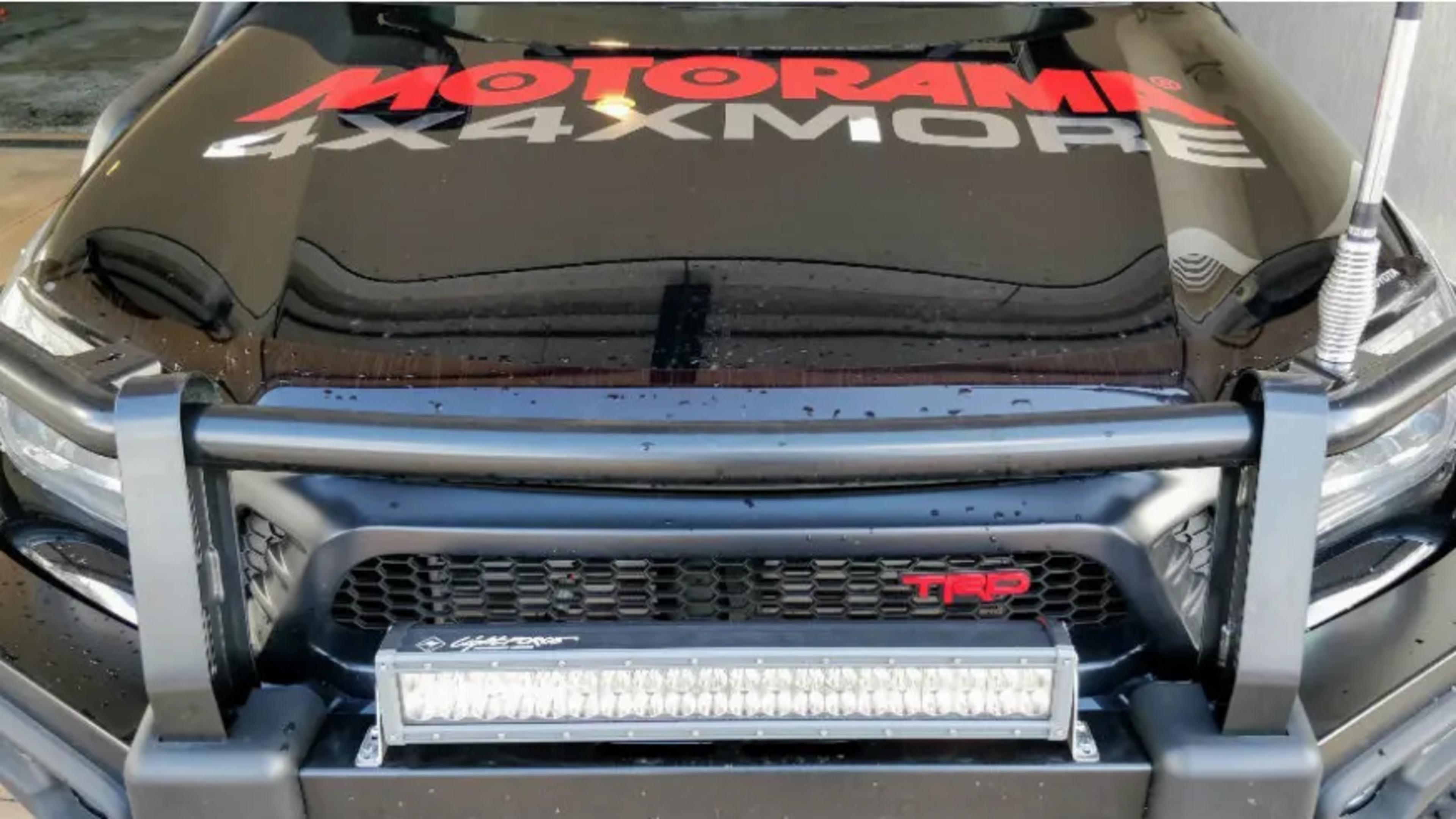
Additionally a light bar can go on top of your vehicle and also comes in the three variations of spot, spread or combined. Because of the higher mounting point, these offer good penetration down the road as well as peripheral vision out to the sides. It goes the same for all lighting - they need to be installed correctly to make them road legal. Make sure they’ve got a strong and secure mounting system so they can be affixed in a way that they don’t vibrate or get out of alignment.

You also need to take note of the fact that you can only use your driving lights or light bar on the road if you don’t blind, dazzle or confuse anybody with them. This comes down to using them without anybody else around. Off road you can do whatever you want, but still need to make sure that the lights only come on when the high beam headlights are used and they need to automatically turn off when you turn the high beam off. They also need to be fitted with an isolator switch which allows the high beam to be switched on without the additional lighting coming on. Visit one of our service centres for more information and to insure proper installation.
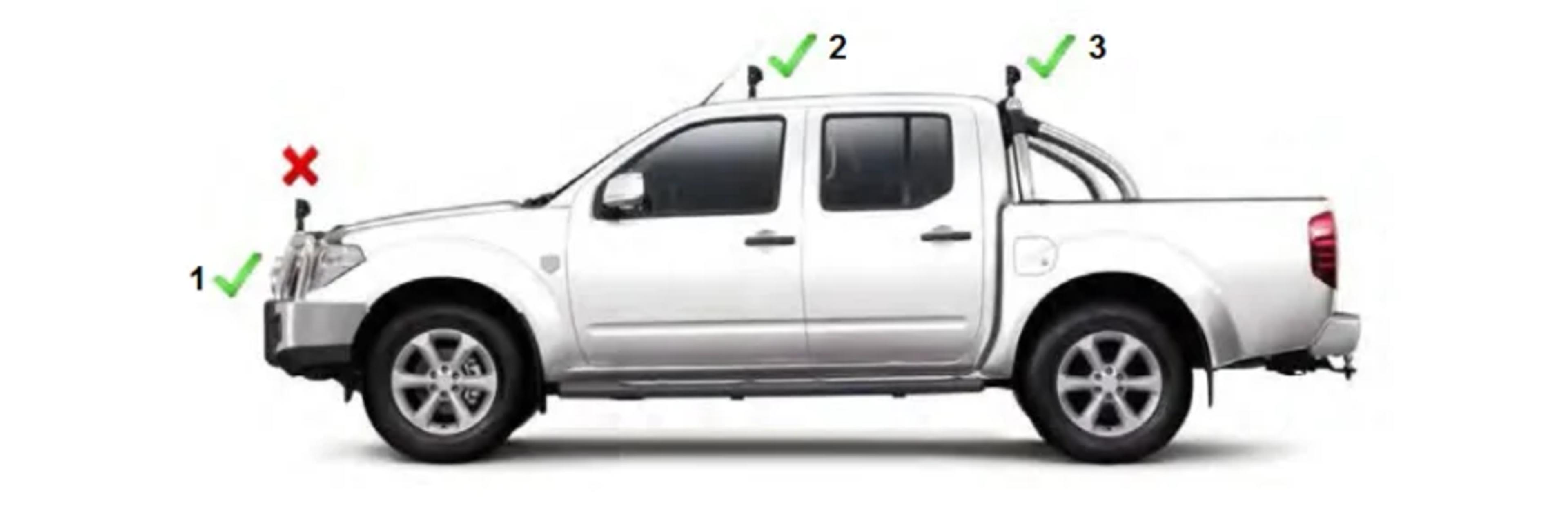
WINDOW TINT
Driving on the beach in the full sun can make the inside of your 4X4 hot, very hot. Of course you can crank up the air conditioning, but having privacy glass or a window tintwill also help keeping some of the heat out. And it looks cool at the same time, whilst adding some privacy when changing into your boardies inside. If your 4X4 is already fitted with tinted windows from the factory or you have it done by a professional window tinter, you can count on the fact that it’s within the legal limits, but when it’s a DIY job, you’ve got to make sure not to make the windows too dark.

Australia wide the rule is that the windows rear of the B-pillar can be tinted as can both the driver’s and passenger’s front window, but the latter requires a greater light transference rate (VLT) then the rear windows. Meaning: less dark. In Queensland the VLT rate is 35% for the front windows and 20% for the rear. Aftermarket tinting cannot be applied to the windscreen, although a visor strip that doesn’t cover more then the top 10% of the windscreen is allowed.
If you’re not sure if your window tint is legal, you can have it checked in one of our service centres.
GVM
Once you start kitting out your 4X4 and fill it up with camping gear, you can be sure to be logging some weight around. This is the moment to start checking your GVM, an important aspect to help keep you safe on the road and ensure your 4X4 stays road legal even fully loaded up. GVM stands for Gross Vehicle Mass, in simple terms the maximum weight allowed for a vehicle when fully loaded. It’s specified by the manufacturer and for you to uphold.
There are a few ways to go about a GVM upgrade, but it’s essential that your brakes and axles are in good condition. Next to that you will need an approved engineer to check the possibilities before any modifications can be done. As a guideline, you can count on a load limit increase under 10 percent if you just upgrade the suspension – anything above that will require the fitment of a GVM upgrade kit, which will mean increased costs.
After getting the GVM upgrade done, you need to get a modification plate fitted and you’ll need a QLD Transport Certified Engineers letter, granted by the Federal Department of Infrastructure and Transport. As you can imagine, this is a costly and complicated exercise. Your best bet is to determine if you will need a GVM upgrade and get the right information before you purchase your vehicle. This way you’ll prevent possibly voiding the warranty and to get the right insurance sorted from the get go. And you can be sure to no get fined in the future.
WHEELS & TYRES
One of the most common modifications on 4X4’s is fitting bigger tyres to it. You’ll gain more clearance, better traction and honestly, a tougher looking vehicle. But there are limits. The maximum increase in combined wheel and tyre diameter allowed is plus 15mm or minus 26mm. Another one is the fact that your tyres cannot stick out of their arches. You’re also not allowed to fit wheel spacers and the maximum tyre width allowed is 1.3 times the width of the largest optional tyre offered by the manufacturer.

Also consider the disadvantages of bigger tyres though: speedometer inaccuracy, less power and torque, decreased braking, increased stress on your driveline and increased fuel consumptions. Therefore you should only go up as much as you need within the legal maximum.
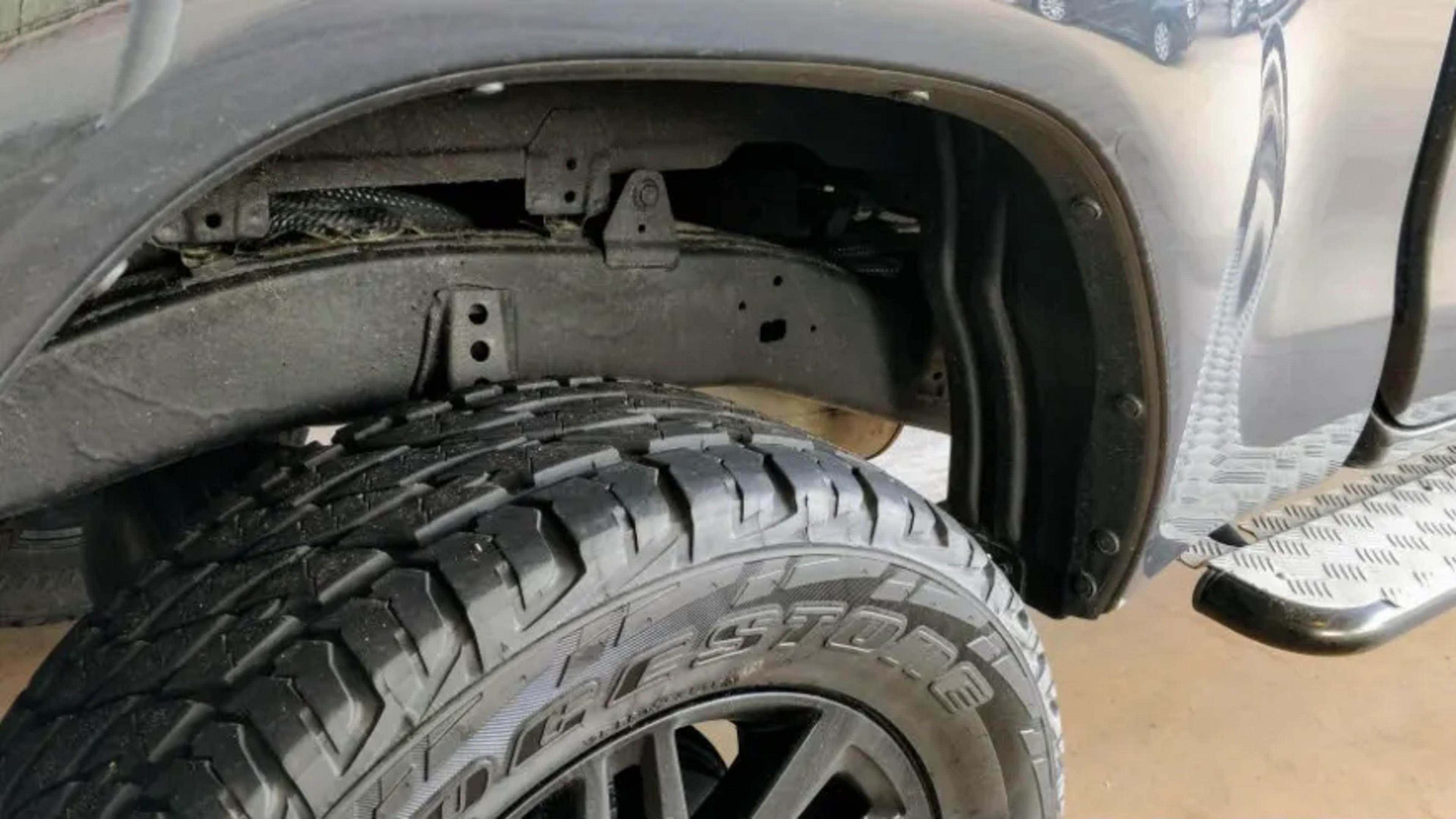
LIFT KITS
This is one of the hot topics of late and one of the reasons for 4X4’s getting defected left right and centre throughout Queensland. Lift kits are a popular modification on 4X4’s and over here in the Sunshine State we are now following the national standard of 150mm maximum lift certifiable, instead of 125mm. Without certification, vehicles with Electronic Stability Control (ESC) can be raised up to 75mm, incorporating a maximum 50mm suspension and 25mm tyre increase. Such a lift was already allowed for non-ESC equipped vehicles.

If you stick to these rules and have them checked by your local Motorama service centre, you can be sure to keep your 4x4 road legal and safe.

